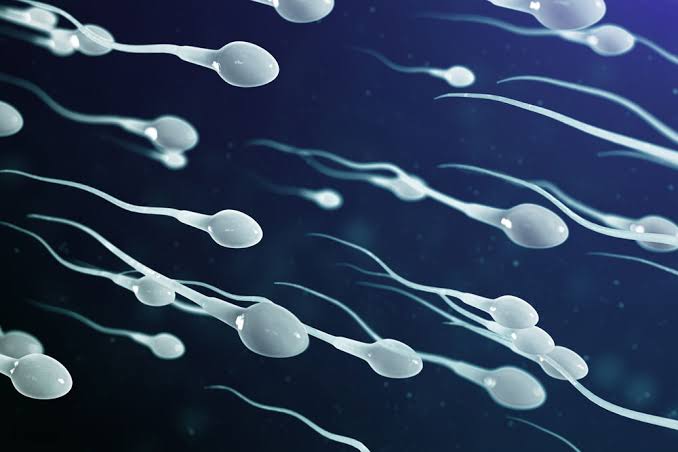The process of human reproduction is nothing short of miraculous, involving the intricate coordination of countless sperm cells in a race to fertilize the elusive egg. However, amidst the staggering number of competing sperm, only one lucky candidate emerges victorious.
So why does only one sperm survive to meet the egg? Let’s delve into the fascinating world of reproduction to uncover this natural phenomenon.
The journey of sperm begins with ejaculation, where millions of these tiny cells embark on a treacherous expedition toward the awaiting egg. While the number of sperm may seem excessive, it serves an essential purpose. Their sheer abundance enhances the chances of successful fertilization, as they encounter various obstacles along the way.
READ ALSO: The North Pole: Land of Extremes and Scientific Exploration
Upon entering the female reproductive system, the sperm face numerous challenges. The acidic environment of the vagina poses a significant threat, as it can harm or immobilize the delicate sperm cells. Additionally, the cervix acts as a filtering mechanism, allowing only the healthiest and most robust sperm to continue their quest.
As the sperm traverse further into the fallopian tubes, they encounter a series of complex hurdles. These include combating cervical mucus, navigating through a maze-like structure, and surviving encounters with white blood cells of the immune system, all of which aim to select the fittest candidate for fertilization.
Now, here comes the truly mesmerizing part. The egg, in a remarkable feat of self-preservation, releases various biochemical signals that attract the sperm. This process, known as chemotaxis, assists in guiding the sperm towards its destination. However, only the strongest and most capable sperm possess the necessary receptors to detect and respond to these signals.
Finally, as the sperm approaches the egg, they must overcome their final obstacle: the egg’s protective layer called the zona pellucida. This thick barrier selectively permits only one sperm to penetrate it. The successful sperm then undergoes a complex process called fertilization, merging its genetic material with that of the egg to form a unique new life.
So, why does only one sperm survive to meet the egg? It is nature’s way of ensuring the highest chance of successful fertilization and producing offspring with the strongest genetic traits. Through this remarkable selection process, nature guarantees that only the most resilient and compatible sperm persevere, increasing the likelihood of a successful pregnancy.
In conclusion, the journey of the one surviving sperm is an awe-inspiring testament to the wonders of reproduction.
From the moment of ejaculation to the ultimate fusion with the egg, the sperm navigates a perilous path filled with challenges. Through a combination of natural selection and biochemical signals, only the most exceptional sperm emerges victorious, perpetuating the cycle of life.

